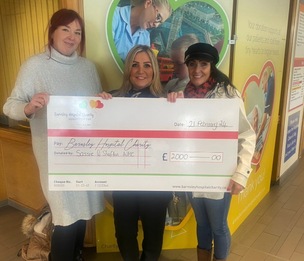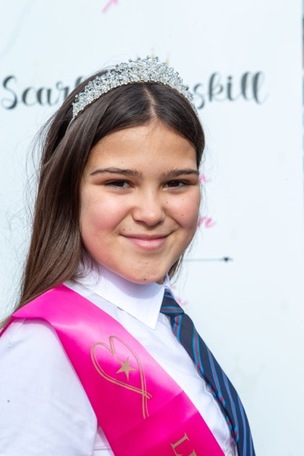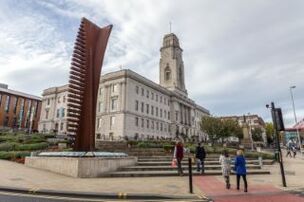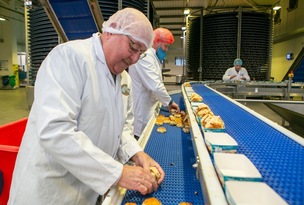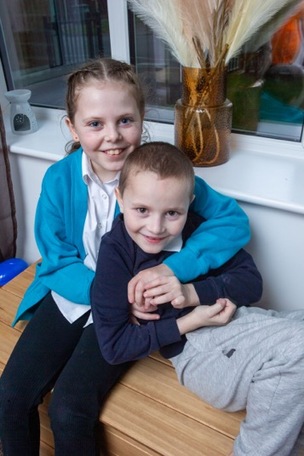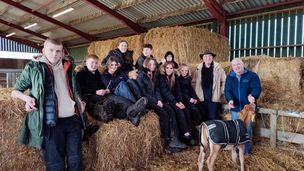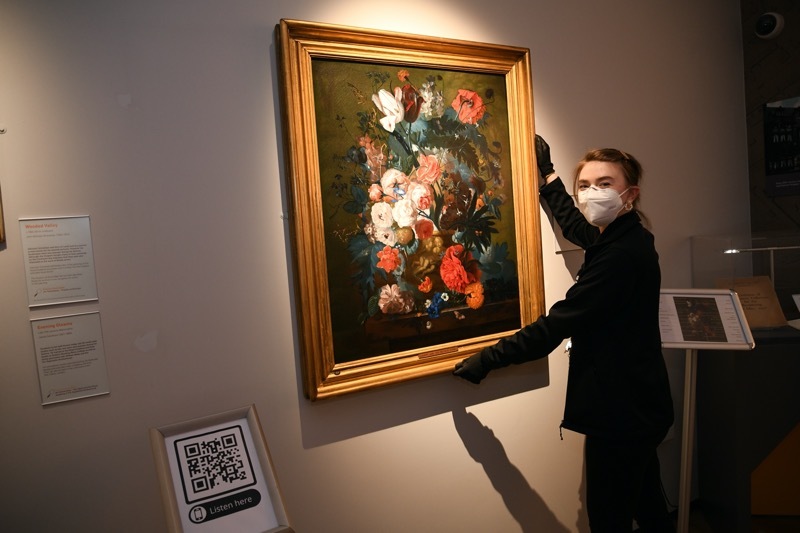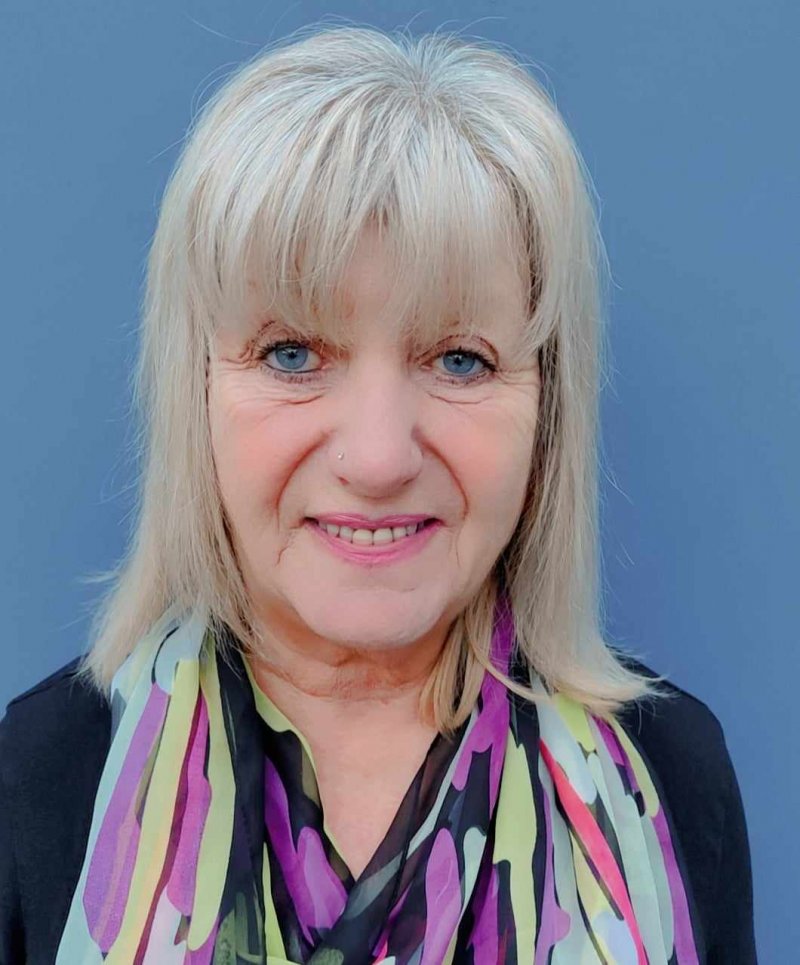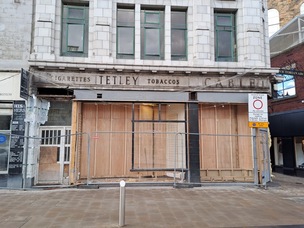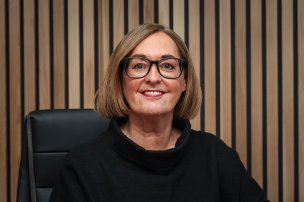A RESTORED artwork by Dutch master Jan Van Huysum can now be seen in all its stunning detail at the Cooper Gallery - and ‘fascinating’ details of the painstaking work have been revealed by the curator.
The painting is one of several links between Barnsley and the artist, after Van Huysum’s ‘Flowers in a Terracota Vase’ was on display in Barnsley Market earlier this month - part of a National Gallery tour placing the almost 300-year-old work in unusual settings.
A flower trail guided people from the painting to the Cooper Gallery, where visitors could learn more about the Amsterdam artist.
Jan Van Huysum is described as the last of the distinguished still-life painters active in the Northern Netherlands in the 17th and early 18th centuries, and was celebrated in his lifetime.
His work ‘Flower Piece’ was on show in Cannon Hall’s Terrace Room for several years, but freelance curator Melissa Gallimore said it ‘wasn’t shown to its best advantage’ due to its aging features.
“When a painting goes to the conservators there are many fascinating things that can be revealed throughout the process,” said Melissa.
“Earlier this year it was decided that the painting, ‘Flower Piece’ by Jan Van Huysum would benefit from attention.
“The painting was very dark and it was difficult to make out any details of the plants and flowers.
“It was unsurprising to find that the surface of the painting was dirty after decades of not being cleaned.
“Many paintings are dirty due to having been hung in rooms that were warmed by coal fires and lit by candles, sometimes for hundreds of years.
“It was also clear that the varnish that was on the painting had discoloured over the years and was very yellow and grimy.
“It had also been applied unevenly and was thicker in some areas obscuring the details of the surface.”
Due to the pigments Dutch still-life painters would use, green leaves were revealed to be blue once the varnish was removed as the yellow pigment faded when exposed to years of light.
“This means only the blue pigment remains making the leaves look blue,” added Melissa.
“After some discussion it was agreed to keep the leaves blue as painting over them in green would fundamentally change the painting.”
Experts at Critchlow and Kukkonen also had to tackle additions made by a previous restorer, including flower and insect details painted on to the varnish.
These were removed to provide a ‘clearer vision’ of the original work.
The painting was at some point glued onto a larger canvas, and the edges painted to blend in with the background - features it was agreed to keep intact due to the complicated nature of the work.
Melissa said: “Some of the leaves had been damaged by a previous restorer and it was decided that where this had happened these would be left as it would be difficult to guess what the detail on these looked like.
“The cleaning of the painting has revealed so many beautiful details about Van Huysum’s original work including the many species of flowers and the exquisite painting of the insects.
“It is a painting that rewards close inspection and is almost glowing after its conservation treatment.”

